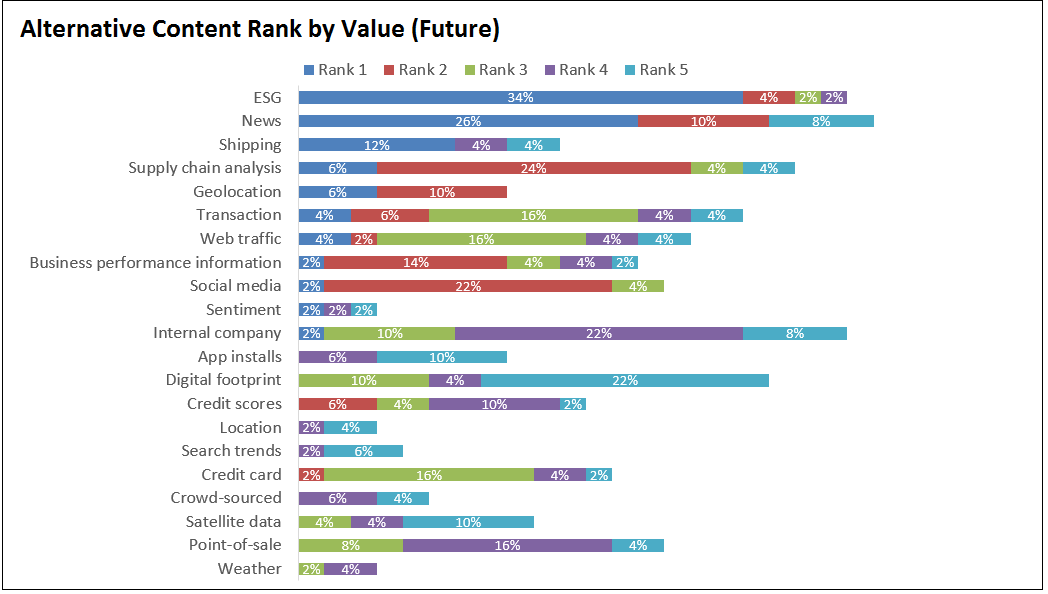Financial firms have always relied on an array of data and technological processes to get the intelligence they need to make decisions. However, with the transition to today’s advanced technology environments occurring almost overnight, many organizations are still relying on the same data architectures, software, and workflows that they have for many years.
One opportunity that firms now have at their disposal is alternative data — content derived from varied sources of information like images, billing statements, heat maps, social media interactions — which has become an increasingly common consideration over the last five years, and offers a number of interesting new possibilities. Satellite data, for example, can provide real-time insight on car traffic to a business locations and indicate how a company is performing.
While the rise in alternative data is an important trend to watch, datasets like fundamentals and benchmarks are still a critical part of the quantitative analyst toolkit. Identifying how these core data sets are being used can shed light on the incorporation of new and novel feeds.
To determine which datasets are valued most today, FactSet partnered with Coleman Parkes to survey heads/directors/VPs of Quantitative Analysis, senior quantitative analysts, data scientists, and chief data officers from 50 hedge funds and institutional asset management firms across the US, EMEA, and APAC. The results provide insights into the types of data quantitative analysts value and use today, and what types they are likely to value more in the future.
The use of core content datasets shows benchmarks dropping in value and fundamentals rising. In alternative datasets, Environmental, Social and Governance factors moved from 5th place ranked today, to the top spot in the future.


